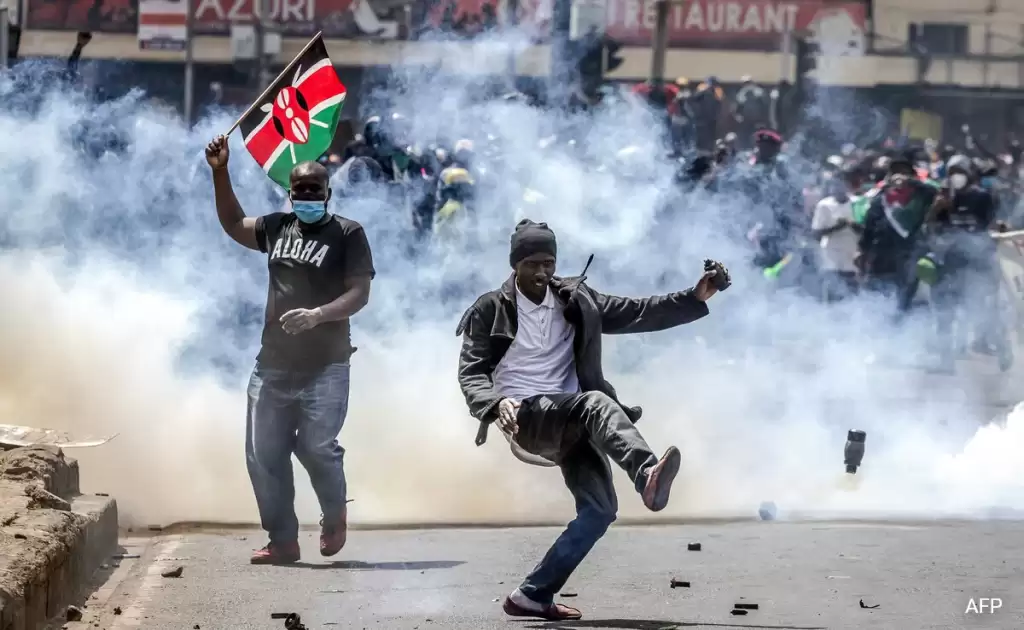Kenya has been the epicenter of widespread protests following the approval of a contentious finance bill by the parliament. This bill, which introduces a slew of new tax measures, has sparked a national outcry, leading to demonstrations across various cities and towns. The public’s discontent stems from the perception that these new taxes will exacerbate the already high cost of living and economic strain on the populace.
About The Protests
The protests, characterized by their intensity and the involvement of a cross-section of Kenyan society, have not only highlighted the citizens’ frustration but have also brought to the fore the critical issue of governance and public policy in the East African nation. The demonstrations have been largely driven by the youth, a demographic that has historically been on the periphery of political activism in Kenya. This new wave of engagement signals a shift in the political landscape, with the younger generation taking a more active role in shaping the future of their country.
About The Finance Bill
The finance bill, which aims to offset the country’s heavy public debt, includes provisions that many believe will disproportionately affect lower and middle-income earners. Among the most controversial proposals was a tax on essential commodities such as bread and sanitary products, which was later withdrawn after public backlash. However, the demonstrators argue that the concessions made are insufficient and are calling for a complete rejection of the bill.
Zoom Out: Kenya’s Economic Context
As of 2024, Kenya’s national debt has reached significant levels. The total public debt stands at approximately KES 11 trillion (USD 78.9 billion), representing a debt-to-GDP ratio of about 61.9%. This financial burden has prompted the government to seek new revenue sources, leading to the introduction of the contentious finance bill. The public’s reaction underscores the broader economic challenges facing the country, including high unemployment rates, inflation, and a struggling economy.
Government Responses

The response from the authorities has been a mix of conciliation and crackdown. Reports of injuries, arrests, and even abductions of protest leaders have emerged, raising concerns about the state’s approach to civil dissent. There have also been reports that authorities are threatening to shut down some of the country’s media houses covering the protests. Human rights groups have condemned the use of excessive force and have called for restraint and respect for the citizens’ right to peaceful assembly.
Implications and Future Outlook
The protests in Kenya are more than just a reaction to a finance bill; they represent a broader demand for accountability, better governance, and economic reforms. The involvement of the youth suggests a potential shift in the country’s political dynamics, with younger generations becoming more vocal and active in demanding change. As the situation develops, the government’s ability to navigate these protests and address the underlying economic issues will be crucial in shaping Kenya’s future stability and growth.
READ ALSO: What You Need To Know About Flutterwave Partnership with EFCC
In summary, the protests in Kenya reflect deep-seated economic frustrations and a call for more equitable governance. The outcome of these demonstrations and the government’s response will likely have lasting implications for the nation’s socio-political landscape.



